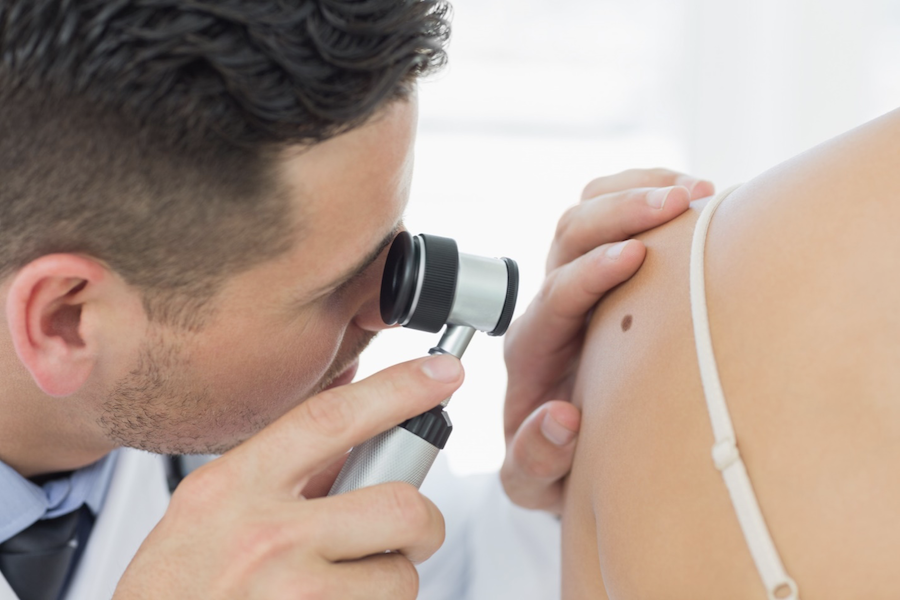Do you have a mole on your body that looks different?
Depending on where you find the mole, it could be nothing to worry about. But some types of moles can be a sign of skin cancer which can lead to a big health problem.
If you want to know what your mole is or whether it’s a threat to your health, this guide has everything you need to know.
Congenital
Congenital moles, also known as birthmarks, are commonly present at birth and consist of different characteristics, sizes, and shapes. Some congenital moles are flat, while others may be raised, and their color can range from pink to brown to black.
They can also develop in clusters and typically grow in size and change in shape as a person grows. Congenital moles are classified into four basic types based on size, tissue type, color, and risk of developing into a malignancy.
Acquired
Acquired moles are characterized by appearing later in life and can take on many different shapes, sizes, and colors. They are generally smaller than congenital moles, however, these moles can spread quickly and appear in large numbers.
They most commonly appear on the trunk, arms, and legs and vary in size and shape. Common characteristics of acquired moles include a flat or slightly raised feel, lightly pigmented to dark colors such as black, blue, red, or brown, and often irregular borders.
Intradermal Nevi
Intradermal nevi, commonly known as birthmarks, are noncancerous growths or lesions in the dermis layer of the skin. Generally a slightly raised, domed, and evenly-pigmented area of the skin, they are usually brown in color and range in size from very small to very large.
Intradermal nevi are usually present at birth but can also appear during childhood or even later. Since they are benign, they typically do not need treatment. However, if they change in size or color, become itchy or painful, or bleed, one should consult a doctor as these might be dangerous moles.
Compound Nevi
Compound Nevi are one of the most common types of moles found on the skin, generally appearing in a flat, round shape. They are composed of tiny clusters of melanocytes, the cells that produce melanin or skin problems.
They can vary in size from small, like a pinhead, to large, like a pencil eraser. Although Compound Nevi are typically non-cancerous, it is always important to have them checked out by a medical professional if they change in color, size, or texture.
Halo Nevi
Halo nevi are unique in that they consist of a dark-colored lesion surrounded by a halo of skin. These are typically smaller in size than other moles but can vary in shape and size.
They are usually composed of melanocytes- special pigment-producing cells. Halo nevi are generally harmless but may be a sign of melanoma. It is important to keep an eye on halo nevi as any changes in size, shape, or color may indicate a problem.
If you wish to get rid of these moles, you may opt for skin tag removal.
Read More About Types of Moles
After reading this guide, you should be familiar with the different types of moles and when they need to be evaluated further. It’s important to keep an eye on your cervicals and bring any changes to your doctor’s attention.
For more information about moles, consult your primary care physician or dermatologist.
Did you find this article helpful? Check out the rest of our blog for more!


